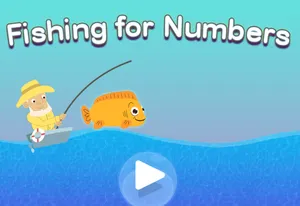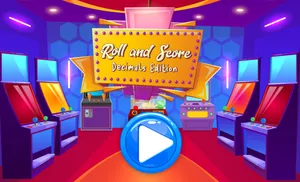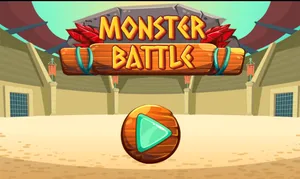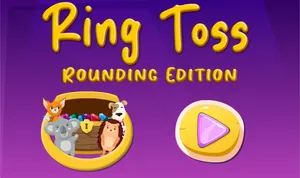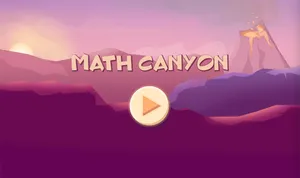Area Adventure
Area and Perimeter
Hybrid Unicorn Science Lab
Multiply with Word Problems
Cheetah Chaser
Prime and Composite Numbers
Flying Through Factors
Factors and Multiples
Alien Invasion 5th Grade
Multiplication Patterns and Exponents
Tens Machine
Multiplication Patterns and Exponents
Fishing for Decimal Numbers
Read/Write Decimals: Thousandths
Roll and Score
Read/Write Decimals: Thousandths
Monster Battle
Compare Decimals to Thousandths
Extreme Basketball Shootout
Round Decimals to Any Place
Ring Toss Rounding Decimals
Round Decimals to Any Place
Math Canyon
Find Whole-Number Quotients
Decimal Kick
Solving Decimal Equations
Pet City 5th Grade Decimal Division
Solving Decimal Equations
Math Activities and Teaching Resources for 5th Grade
Welcome to the wonderful world of PEMDAS—a parenthetical paradise where brackets have nothing to do with sports and braces don't cost a small fortune!
In fifth grade, pattern recognition is emphasized and place value is revisited. Students can now fluently add and subtract large numbers, compare fractions and decimals, and begin applying operations to those numbers. Various units of measurement are explored and angles and lines serve as the primary themes for most geometry work.
Enjoy this sampling of instructional videos, songs, games, and activities for your 5th grade classroom!
Some of the skills students will master in eSpark include:
Operations and Algebraic Thinking
- Use parentheses, brackets, or braces in numerical expressions, and evaluate expressions with these symbols.
- Write simple expressions that record calculations with numbers, and interpret numerical expressions without evaluating them.
- Generate two numerical patterns using two given rules; Identify apparent relationships between corresponding terms; form ordered pairs consisting of corresponding terms from the two patterns, and graph the ordered pairs on a coordinate plane.
Number and Operations in Base Ten
- Explain patterns in the number of zeros of the product when multiplying by powers of 10, and explain patterns in the placement of the decimal point when multiplying or dividing by powers of 10; use whole-number exponents to denote powers of 10.
- Read, write, and compare decimals to thousandths.
- Use place value understanding to round decimals to any place.
- Fluently multiply multi-digit whole numbers using the standard algorithm.
- Find whole-number quotients of whole numbers with up to four-digit dividends and two-digit divisors using various strategies; illustrate and explain the calculation with equations, arrays, and/or area models.
- Add, subtract, multiply, and divide decimals to hundredths, using concrete models or drawings and various strategies.
Number and Operations Fractions
- Add and subtract fractions with unlike denominators (including mixed numbers) by replacing given fractions with equivalent fractions in such a way as to produce an equivalent sum or difference of fractions with like denominators.
- Solve word problems involving addition and subtraction of fractions referring to the same whole, including cases of unlike denominators, e.g., by using visual fraction models or equations to represent the problem; use benchmark fractions and number sense of fractions to estimate mentally and assess the reasonableness of answers.
- Interpret a fraction as division of the numerator by the denominator (a/b = a ÷ b); solve word problems involving division of whole numbers leading to answers in the form of fractions or mixed numbers, e.g., by using visual fraction models or equations to represent the problem.
- Apply and extend previous understandings of multiplication to multiply a fraction or whole number by a fraction.
- Solve real world problems involving multiplication of fractions and mixed numbers, e.g., by using visual fraction models or equations to represent the problem.
- Apply and extend previous understandings of division to divide unit fractions by whole numbers and whole numbers by unit fractions.
Measurement and Data
- Convert among different-sized standard measurement units within a given measurement system, and use these conversions in solving multi-step, real world problems.
- Recognize volume as an attribute of solid figures and understand concepts of volume measurement.
- Measure volumes by counting unit cubes, using cubic cm, cubic in, cubic ft, and improvised units.
- Relate volume to the operations of multiplication and addition and solve real world and mathematical problems involving volume.
Geometry
- Use a pair of perpendicular number lines, called axes, to define a coordinate system, with the intersection of the lines (the origin) arranged to coincide with the 0 on each line and a given point in the plane located by using an ordered pair of numbers, called its coordinates. Understand that the first number indicates how far to travel from the origin in the direction of one axis, and the second number indicates how far to travel in the direction of the second axis, with the convention that the names of the two axes and the coordinates correspond (e.g., x-axis and x-coordinate, y-axis and y-coordinate).
- Represent real world and mathematical problems by graphing points in the first quadrant of the coordinate plane, and interpret coordinate values of points in the context of the situation.
- Understand that attributes belonging to a category of two-dimensional figures also belong to all subcategories of that category.
- Classify two-dimensional figures in a hierarchy based on properties.
eSpark is truly unique in the world of online learning. Our holistic, student-centered approach blends the proven benefits of play-based learning with systematic, explicit, and direct instruction. It’s proof that learning can be fun, personalized, and effective, all at once!
eSpark meets the criteria for evidence-based interventions under ESSA guidelines, and has been proven in multiple studies to improve student performance in math and reading.
When you sign up for an eSpark account, your students experience these activities via adaptive, differentiated independent pathways and teacher-driven small group assignments. Teachers also have access to detailed usage and progress reports with valuable insights into standards mastery, student growth trends, and intervention opportunities.
With the addition of the game-changing Choice Texts for the 2023-2024 school year, eSpark has cemented its status as the most loved supplemental instruction option for students and teachers alike. Claim your free account today and see the difference for yourself!









